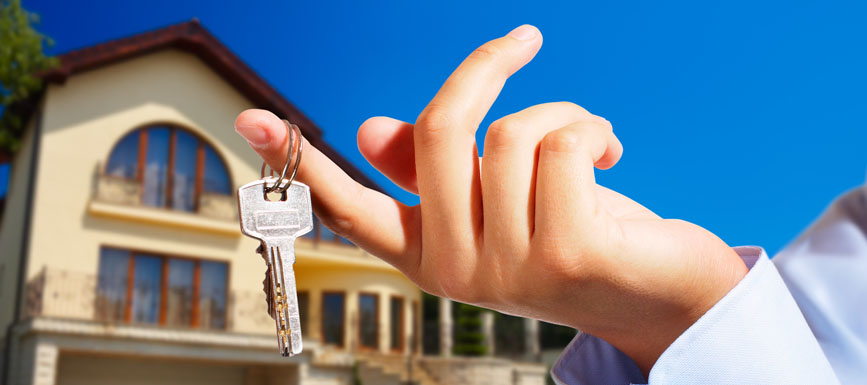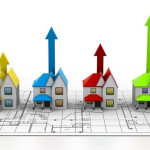Right now is a great time to buy a home.
The interest rate you pay on a mortgage matters a lot when it comes to the ultimate price of the American dream. Let’s assume you buy a $250,000 house by making a 20% down payment and financing the rest with a 30-year fixed-rate mortgage. At the average historical mortgage rate since 1971 — 8.52% — the house would end up costing you $604,760 in interest and principal payments. By contrast, at the rate prevailing today — 4.13% — the total cost of the house comes out to only $399,200
As you can see, the reason why it is a great time to buy a home this year could save you more than $200,000 in interest expense alone if mortgage rates ever revert back to their long-run average.
Housing affordability When mortgage and housing industry experts discuss this, they refer to affordability — more specifically, to the National Association of Realtors’ housing affordability index. This widely followed metric factors in mortgage rates, housing values, and income data to determine whether a typical American family can afford to purchase a median-priced home. The higher the index value, the higher the affordability. For example, a reading of 145 indicates that a family with a median income has 45% more earnings than necessary to afford a median-priced home. By contrast, a reading of 80 suggests that a typical family earns 20% less than needed to shoulder the cost of the same dwelling. Where are we right now? According to the most recent preliminary reading, the current index value is 159.3. By this measure, homes are 27% more affordable now than they’ve been on average over the last 33 years — the mean since 1981 is 124.8. Affordability is heading down It’s important to appreciate that this situation won’t last forever. In the first case, it seems safe to assume that mortgage rates will head higher over the coming years. This follows from the fact that the Federal Reserve is scaling back its support for the economy — which, almost by definition, means long-term interest rates are bound to trend higher. We got a taste of this in the middle of last year. After Fed Chairman Ben Bernanke intimated that the central bank would begin to taper its third round of quantitative easing, the average rate on conventional 30-year mortgages went from less than 3.5% up to nearly 4.5%. That might seem nominal, but rest assured it’s not. Take our scenario from the chart at the top of this article. In one fell swoop this uptick increased the total cost of a $250,000 house by 16% or $41,400 (again, this assumes a 20% down payment with the remainder financed by a mortgage). Adding insult to injury is the fact that home prices are heading up as well. In its latest estimate, the S&P/Case-Shiller 20-city home-price index posted an annual gain of 10.8% in April. Some cities — namely, Dallas and Denver — are even above their pre-crisis peaks. The good news for homebuyers is that the rate of home-price appreciation is beginning to slow down. At this time last year, home values in the sunbelt cities were posting year-over-year gains of 30%. Now, they’re all below 20%. At the same time, however, they’re still moving higher. According to David Blitzer, chairman of the Case-Shiller index committee, “Near term economic factors favor further gains in housing.” The bottom line on home buying My point is that these two forces — rising mortgage rates and increasing home prices — will continue to work against housing affordability. And as housing affordability decreases, it stands to reason that it’ll become more challenging for people to realize the American dream of homeownership. Does this mean you should immediately go out and buy a home today? Obviously not. But what is does mean is that if you were on the fence about doing so before, then now may be a good time to go ahead and pull the trigger.
For more information on why this is a great time to buy a home contact Westside Los Angeles real estate specialist Julie Ellis Lovett.



